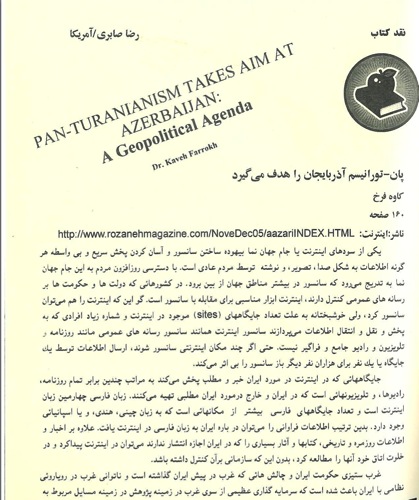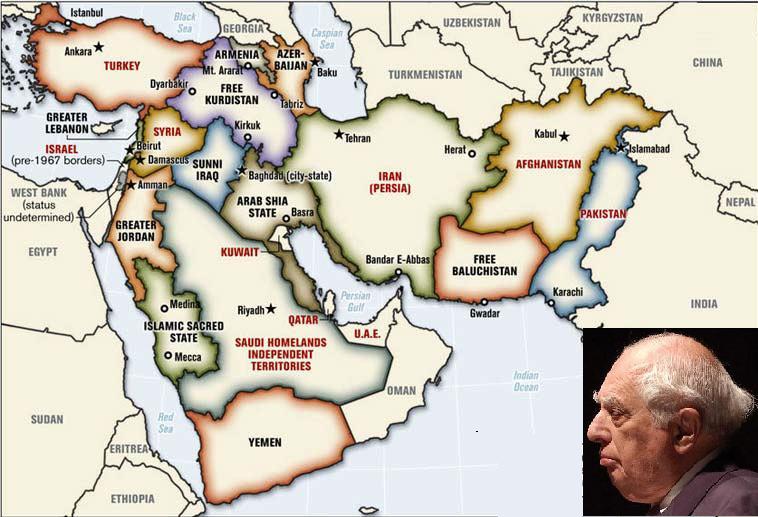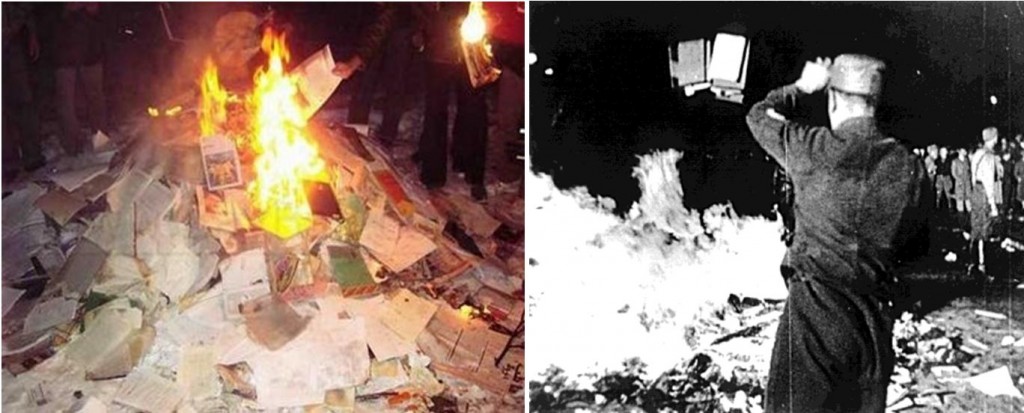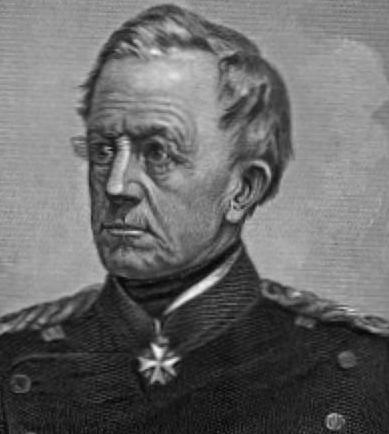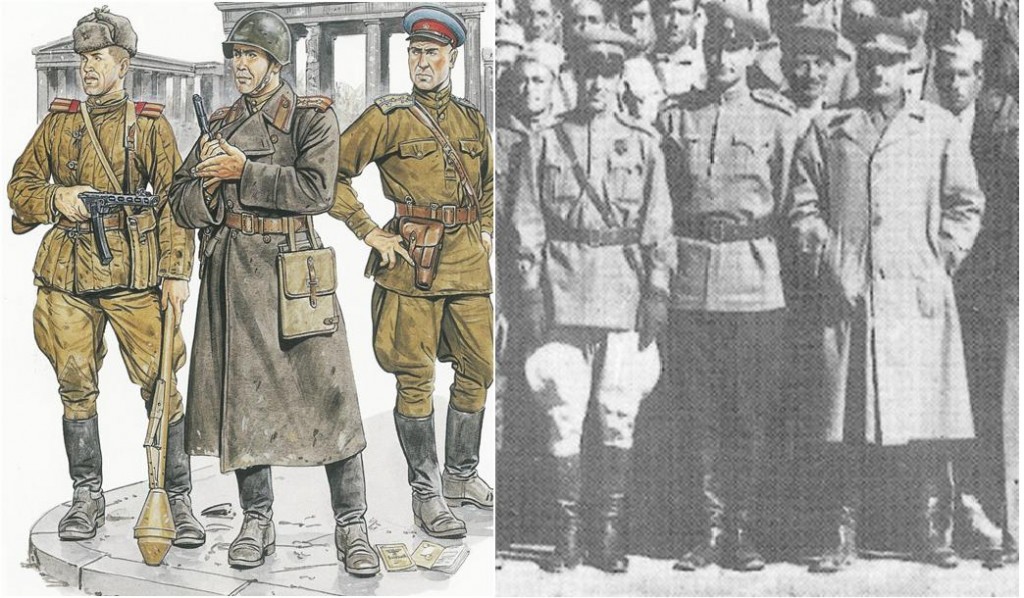In 2005 a six-chapter on-line book by Kaveh Farrokh was posted in the Rozaneh on-line journal entitled:
Pan-Turanism takes aim at Azarbaijan(2005)
The book, originally intended for a general audience (laypersons and academics), ‘was essentially a descriptions of pan-Turkism and the dangers this ideology now poses in the international arena.
The publication was later posted at UN Association in Geneva. Despite being an on-line publication, the item has been cited in some academic venues.
There has also been peer-review of this book in Persian by Reza Saberi entitled:
Review of Kaveh Farrokh Pan-Turanism Takes Aim at Azerbaijan-The Persian Book Review: A Quarterly on Arts and Literature, Winter 2005-2006, Volume XV Number 46, pages 89-95 (pdf). See also Reza Saberi’s most recent review in Persian posted in the Iranboom site: -معرفی کتاب پانتورانیسم آذربایجان را هدف میگیرد–
Nevertheless, the book’s contents (notably Chapters 1-5) are now somewhat dated as it was posted six years ago. However the final chapter of that book (Chapter 6) continues to bear relevance to the present – click on the “READ MORE” item in the paragraph housed below the following map:
Ralph Peters’ version of the Bernard Lewis Plan (Professor Bernard Lewis in inset). The above is a “revised” map of Iran and the Middle East as proposed by Ralph Peters (source: Peters, R. 2006. Blood Borders: How a better Middle East would Look. Armed Forces Journal, June Issue). Note that the Republic of Azarbaijan has absorbed Iran’s Azarbaijan province, a Greater Kurdistan has absorbed Iran’s Kurdish and Luri regions, Iran’s Khuzistan province has become joined to a southern Iraqi Arab state, Iran’s southeast is joined to a Greater Baluchistan. Interestingly, Peters has “compensated” Iran by “granting” it the city of Herat, which was in fact a part of historical Iran until its official detachment from the country by the British Empire in the late 1850s. Professor Lewis, who is a veritable world-class expert on the Middle East, has recently denied any associations with this plan but recent publications such as those by William Engdahl dispute this. READ MORE…
As shown in Chapter 6 of the item (click on the READ MORE above), geopolitical lobbies endeavor to promote the Lewis-Peters project by promoting pan-Turkism in Iran (also other “-isms” such as pan-Baluchism, pan-Kurdism, pan-Arabism, etc.)
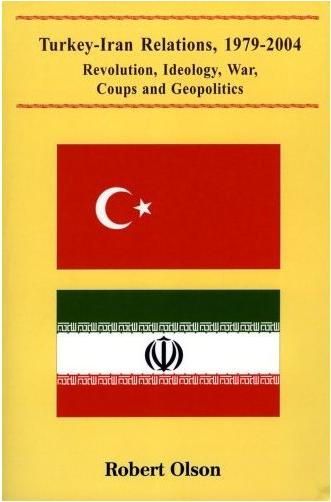
Robert Olsen’s book has provided details on plans to dismember Iran and has also highlighted how pan-Turkism is being used in this process. (See review of this book by Mainuddin, Rolin. Journal of Third World Studies, Spring 2005, Vol. 22 Issue 1, p287-289 (pdf). To consult this book click here).
Chapter 6 of the Farrokh text on the dangers of pan-Turkism (2005) also notes of the role of Western activists such as Ruel Gerecht (see below):

Reuel Marc Gerecht of the American Enterprise Institute is on record for having said “The Iranians …have terrorism in their DNA”. The same Mr. Gerecht has been significantly prominent in trying to stir ethnic tensions in Iran. Gerecht’s role in attempting to foster ethno-separatist sentiments in Iranian Azarbaijan have been noted in the Asia Times article “Stirring the Ethnic Pot” by Jason Athanasiadis (April 29, 2005).
With the exception of Chapter 6, the other chapters of the 2005 on-line text by Farrokh is somewhat dated; Readers are encouraged to consult the contents laden in the following link on Kavehfarrokh.com:
Below are some pictures and highlights from the above link…
Pan-Turks burning Persian language books in Tabriz (December 19, 2006) (left) and Nazi fascists (note Brown Shirt member of the SA) burning “un-German” books in Berlin’s Opernplatz on May 10, 1933 (right). Racist ideology resorts to censorship, revisionism, propaganda and even violence in an endeavor to re-write history. Interestingly, Western lobbies, including Human Rights organizations, have remained silent with respect to the overt racialism, Persophobia and violent nature of pan-Turkism. READ MORE…
Count Helmuth Von Moltke (1800-1891) who was the first to suggest to the Ottoman Turks that they turn their gaze “to Asia” – meaning Iran and Russia. The Count was encouraging the Ottoman Turks to conquer Iran and the Turkic-speaking regions of Russia. READ MORE…
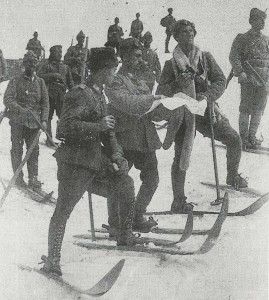
Ottoman officers in the Caucasus. After Russia’s collapse in 1917, they fought to implement the plan for a pan-Turkic super state that would join the Caucasus and northern Iran to Turkey. The scheme failed in northern Iran as the Iranian Azarbaijanis rejected both the Ottomans and the pro-Ottoman Musavats of Baku. Iranian Azarbaijanis such as Sheikh Mohammad Khiyabani protested against the Musavat’s use of the name “Azerbaijan” for their newly founded republic. READ MORE…
Reconstruction of Russian officers in Berlin in 1945 Dr. Touraj Atabaki (of Iranian Azarbaijani origin) has reviewed Dr. Brenda Shaffer‘s book “Borders and Brethren: Iran and the Challenge of Azerbaijani Identity” and noted: “Within the first two chapters, however, the reader becomes disappointed with the unbalanced and sometimes even biased political appraisal which not only dominates the author’s methodology but also shapes her selective amnesia in recalling historical data… shortcomings in Shaffer’s study are vivid, both in regard to methodology and the data she offers us…” See more of Dr. Atabaki’s review here (Touraj Atabaki’s review in Slavic Review, 63:1 (2004) (pdf) … see also Evan Siegal’s review in Iranian Studies, Volume 37, Issue 1 March 2004 , pages 140 – 143 (pdf) see longer version of Siegal’s review (click here)…

